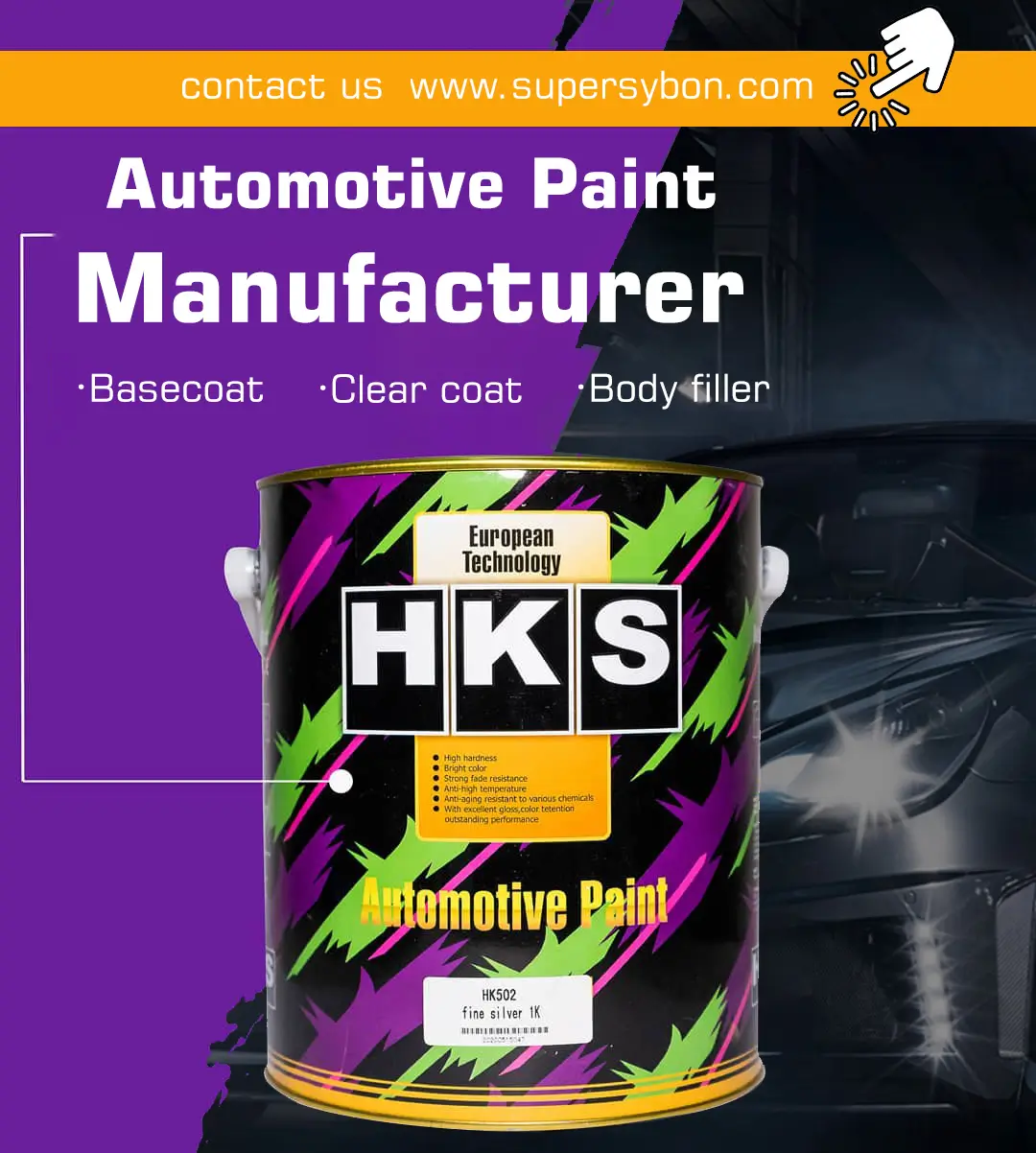Restoring Faded Paint And Color: The Ultimate Guide
Restoring faded paint and color involves using specific products and techniques to revitalize the surface. By following expert advice, you can bring back the vibrancy of your paint job and enhance the overall appearance of your vehicle.
Learning the essential steps for restoring faded paint will help you achieve professional results and prolong the lifespan of your car’s exterior. From cleaning and prepping the surface to applying quality products and buffing to a brilliant shine, this ultimate guide will equip you with the knowledge and tools needed to restore your car’s faded paint and color effectively.
Whether you are a DIY enthusiast or a professional detailer, mastering these techniques will ensure your vehicle looks its best for years to come.

Credit: www.supersybon.com
Identifying Faded Paint
Identifying faded paint is the first step towards restoring your vehicle’s vibrant color and shine. Faded paint not only affects the overall appearance of your car but can also gradually deteriorate the protective layer, leaving it vulnerable to damage.
Signs Of Fading
The signs of fading paint are often easy to spot, requiring a keen eye for detail. Here are some key indicators:
- Faded or dull appearance
- Loss of vibrancy and shine
- Discoloration or unevenness
- Chalky or powdery residue on the surface
- Oxidation or rust spots
- Peeling or flaking paint
Causes Of Fading
Fading paint is caused by a combination of factors, many of which are beyond our control. Here are some common causes:
- UV Rays: Prolonged exposure to the sun’s ultraviolet (UV) rays is the primary reason for paint fading. The intensity of UV rays breaks down the paint pigments, leading to color loss and deterioration over time.
- Environmental Factors: Harsh weather conditions such as extreme heat, cold, salt, and pollution can accelerate the fading process.
- Chemical Exposure: Chemicals found in car wash soaps, detergents, and cleaning products, especially if they contain abrasive ingredients, can strip away the protective layer of paint.
- Age and Wear: With time, paint naturally ages and wears out, making it more prone to fading and damage.
By understanding the signs of fading paint and the causes behind it, you can take the necessary steps to prevent further deterioration and restore your vehicle’s color to its former glory. In the next section, we will explore effective techniques and products for restoring faded paint.
Preparation For Restoration
Preparation for restoration is a crucial step in bringing back the vibrant color of your faded paint. By following the right techniques and procedures during preparation, you can ensure a successful restoration process.
Surface Cleaning
Begin by thoroughly cleaning the surface with a gentle detergent to remove any dirt, grime, or wax buildup. Rinse the area with clean water and allow it to dry completely before proceeding.
Sanding And Smoothing
Next, sand the surface using fine-grit sandpaper to smooth out any imperfections or rough patches. After sanding, wipe down the area with a clean cloth to remove any dust particles.
Restoration Techniques
When restoring faded paint, employing the right techniques is crucial for achieving optimal results. Polishing and Buffing as well as Applying Restorative Paint are key methods to revive the color and shine of your vehicle.
Polishing And Buffing
Polishing and buffing involve using abrasive compounds and buffing tools to smooth out imperfections, scratches, and oxidation on the paint surface.
Applying Restorative Paint
Applying restorative paint helps to replenish faded or worn-out areas, giving a fresh and vibrant look to the vehicle.
Protective Measures
Protecting your car’s paint from fading is crucial to maintaining its attractive appearance and value. By taking the necessary protective measures, you can prevent the paint color from dulling over time and preserve the shine of your vehicle. This section will outline two essential protective measures that you should incorporate into your car care routine: sealant application and regular maintenance.
Sealant Application
Applying a sealant to your car’s paint is a highly effective method to safeguard it from fading. A sealant works as a protective layer that shields the paint from harmful UV rays, environmental contaminants, and other factors that contribute to fading. By following these steps, you can enhance the longevity of your car’s color:
- Start by washing your vehicle with a mild car soap to remove any dirt or debris.
- Dry the car thoroughly using a microfiber cloth to avoid scratching the paint.
- Apply the sealant using a foam applicator or a microfiber cloth, ensuring even coverage on all painted surfaces.
- Allow the sealant to cure as per the manufacturer’s instructions, typically for a few hours.
- Once the sealant has cured, gently buff the painted surfaces with a clean microfiber cloth to reveal a dazzling shine.
Regular application of a sealant is essential to maintain its protective properties. Aim to reapply the sealant every few months or as recommended by the manufacturer to ensure optimal protection against fading.
Regular Maintenance
In addition to applying a sealant, regular maintenance is fundamental in preventing paint fade and maintaining the color vibrancy of your car. Here are some key maintenance practices to incorporate into your car care routine:
- Wash your car regularly with a mild car soap and a soft sponge or wash mitt to remove dirt, contaminants, and pollutants that can cause paint damage.
- Dry your vehicle thoroughly after washing to prevent water spots from forming.
- Consider using a quality car wax as it provides an extra layer of protection against fading and enhances the shine of your car’s paint.
- Take proactive measures to shield your car from excessive sun exposure. Park in shaded areas or use a car cover when parking for extended periods under the sun.
- Regularly inspect your car’s paint for chips, scratches, or any signs of damage. Promptly fix any issues to prevent further deterioration.
By incorporating these protective measures into your car care routine, you can safeguard your vehicle’s paint from fading and keep it looking like new for years to come.
Professional Restoration Vs. Diy
When it comes to restoring faded paint and color on your car, you’re faced with the choice of professional restoration or a do-it-yourself (DIY) approach. Each comes with its own set of advantages and considerations that can impact the outcome of your project.
Cost Comparison
Professional restoration often involves a significant cost, including labor fees and the price of materials. On the other hand, DIY methods can be more budget-friendly, allowing you to purchase your own materials and invest your own time.
Skill And Equipment Requirements
Professional restoration requires specialized skills and equipment, which are often possessed by experienced technicians at auto body shops. DIY methods, while more accessible, require a certain level of skill and the right tools to achieve the desired results.

Credit: apexeuro.com

Credit: instapage.com
Frequently Asked Questions On Restoring Faded Paint And Color: The Ultimate Guide
Can Faded Paint Be Restored?
Yes, faded paint can be restored using paint restoration techniques and products. Regular maintenance can help prevent fading.
How Do You Make Old Faded Paint Shine?
To make old faded paint shine, start by washing the surface thoroughly. Then, apply a high-quality wax or polish in circular motions. Buff the paint with a soft cloth to enhance its shine. Additionally, consider using a paint restorer or compound to remove surface imperfections and restore the paint’s vibrancy.
How Do I Bring My Old Car Paint Back To Life?
To bring your old car paint back to life, start by washing, claying, polishing, and waxing the surface. Use a rubbing compound to remove deep scratches and oxidation. Finish with a quality sealant to protect the paint for a lasting shine.
How Do You Rejuvenate Car Paint?
To rejuvenate car paint, start with thorough washing and drying. Use a clay bar to remove contaminants. Polish to smooth out imperfections. Apply a layer of wax to protect and bring out shine. Regular maintenance helps maintain the rejuvenated finish.
Conclusion
Restoring faded paint and color can be a straightforward process when you have the right knowledge and tools. By following the steps outlined in this guide, you can bring new life to your vehicle’s appearance and protect it from further damage.
Remember to thoroughly clean and prepare the surface, use high-quality products, and apply the paint in thin layers for the best results. With a little patience and attention to detail, your car will regain its vibrant color and shine. Start your restoration journey today!
